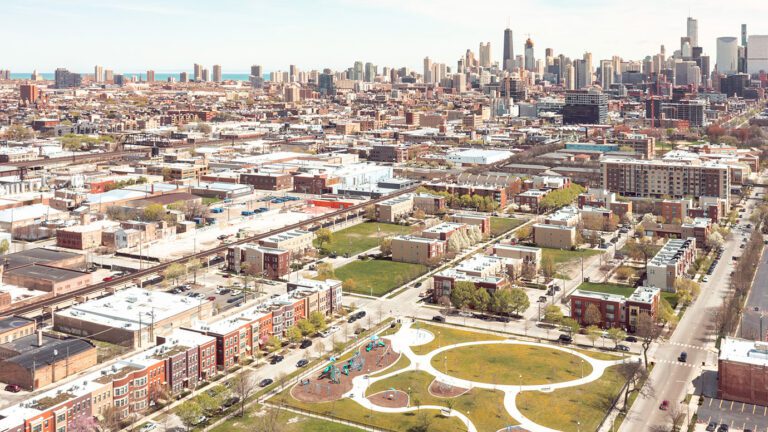“Working with the new expatriates has been an educational experience for us, because they have these classes of concerns that we usually face with our public school students,” said Kadi Bell. “It takes a set of cultural competencies that take into account the horrific experiences that these individuals may face.”
CADE-Bell's experience emphasizes the complexities of working with marginalized population, as medical care may require more than a prescription writing or a treatment plan.
These patients often have competing needs and priorities, such as court dates and social security dates, and they can face transportation obstacles in attending appointments or obtaining medicines.
In addition to logistical challenges, some individuals may hous the insecurity in the medical profession due to the painful or discriminatory experiences, which increases the delay in or complicated biological care.
“Many people who live in the streets have been burned by the regime,” said Jonathan Sherine, PhD 97, MD'98, who served as director of the Los Angeles Province Department in Los Angeles Province, from 2016 to 2022.
“This puts doctors in the league with a system that was very shock.”
He leads with the heart
In its previous role with the largest general mental health department in the country-which serves an area of 10 million people, for the same population, such as Georgia-Charne's focus on the unavoidable participation and treatment of patients with what he calls a “heart” approach.
Sherine is still proud to develop the awareness program for homeless and mobile participation (Home), which focuses on most of the individuals with severe diseases, and those who suffer from chronic mental disorder, schizophrenia, health problems and the actor most likely.
The model, published throughout Los Angeles, uses awareness teams to deal with individuals who need medical care by bringing them comfort such as food, toothbrush and socks. Over time, with the development of confidence, the difference begins to talk about medicine and other treatments. The sick team – as his illness allows him – includes as a partner in making decisions regarding his sponsorship.
Sherine said: “It comes to reaching individuals in the most humanitarian way and restricting their civil freedoms as minimal,” Sherine said.
Jeffrey Eisen, MD'09, Acting Vice President in Washington State, said that the participation of peers using the previous PEH who overcame addiction or mental illness can also help create a bridge between communities deprived by services and health care providers.
Izen department runs a program called projects to help move from homelessness, which employs a team of their peers and cases managers to help move to shelters or other housing. The team is connected to individuals in the homeless camps, meal sites and other sites to support their search for fixed housing and enable their access to medical care and social services.
Eisen, who volunteered, as a student at the College of Medicine for Medicine and the infant, said that the success of the program comes from bringing people who lived in the equation.
Eisen said: “Their peers understand that mental health relates to these individuals and the difficulty of maintaining housing or employment when they are not fine.” “They have also learned ways to move in health systems they can teach to others to help them more successful to communicate with care.”
Community reflection
Pillar Ortega, MD'06, Vice -President of Diversity, Equity and Integration in the Accreditation Council in the field of academic medical education, a clinical professor of emergency medicine at the University of Deloyes in Chicago, said the deep focus on inequality and health disparities is very important in addressing the various and complex needs of marginalized groups and other marginalized groups.
Population with ethnic and ethnic is not commensurate with the insecurity of housing, according to the US Department of Housing and Urban Development. Blacks make up 13 % of the population of the United States, but they make up 37 % of PEH. The Asian Americans witnessed the largest percentage among PEH, increasing 40 % from 2022 to 2023. Individuals who got to know that they were of Spanish or Latin origin are the largest digital increase, and 38 % rose during that period.
Medical education has the ability to influence the efforts of PEH and Street medicine by encouraging students from the representative societies an imperfection to enter the profession.
